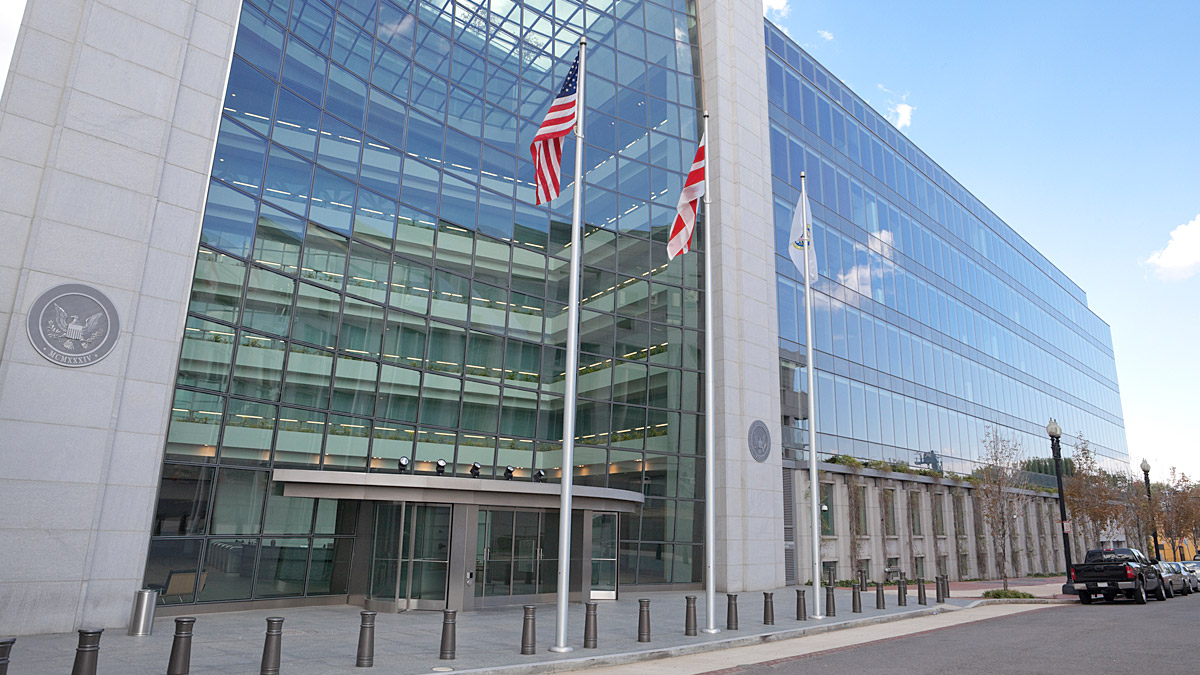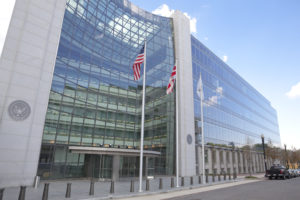
The SEC’s long-awaited green light for spot bitcoin ETPs is welcomed by the market, but the ambivalent decision raises more questions than it answers.
By Jenny Cieplak, Aaron Gilbride, Yvette D. Valdez, Stephen P. Wink, and Deric Behar
On January 10, 2024, the Securities and Exchange Commission (SEC) issued, on an accelerated basis, an Omnibus Approval Order (the Order) for proposed NYSE Arca, Nasdaq, and Cboe BZX rule changes seeking to list and trade shares of 11 spot bitcoin trusts. Spot bitcoin trusts hold actual bitcoin, as opposed to bitcoin futures trusts, which hold derivatives tied to the price of bitcoin.
The approval of these rule change requests represents a green light for spot bitcoin-based exchange traded products (ETPs) to trade on national securities exchanges for the first time in bitcoin’s 15-year history, after a decade of attempts by market participants to obtain such approval.
In the Order, the SEC found the proposals to be “consistent with the Securities Exchange Act of 1934 (the Exchange Act) and rules and regulations thereunder applicable to a national securities exchange,” including the requirement that the exchanges’ rules be designed to “prevent fraudulent and manipulative acts and practices.”


 In Tulip Trading Ltd (TTL) v. Bitcoin Association for BSV and others, TTL claimed that personal computers of its CEO, Dr. Craig Wright, were hacked and the encrypted private keys to two addresses holding around 111,000 bitcoin (currently worth over £3.6 billion) belonging to TTL were stolen. TTL also claimed that the hackers deleted copies of the keys, preventing Dr. Wright and TTL from accessing the digital assets at those addresses.
In Tulip Trading Ltd (TTL) v. Bitcoin Association for BSV and others, TTL claimed that personal computers of its CEO, Dr. Craig Wright, were hacked and the encrypted private keys to two addresses holding around 111,000 bitcoin (currently worth over £3.6 billion) belonging to TTL were stolen. TTL also claimed that the hackers deleted copies of the keys, preventing Dr. Wright and TTL from accessing the digital assets at those addresses. One of the most promising benefits of digital assets is the ability to move value over the global internet nearly instantaneously, in immutably recorded transactions. For many people in warzones or geographies with limited access to banking or payment card infrastructure, this capability is critical and can often be life-saving.
One of the most promising benefits of digital assets is the ability to move value over the global internet nearly instantaneously, in immutably recorded transactions. For many people in warzones or geographies with limited access to banking or payment card infrastructure, this capability is critical and can often be life-saving. For the digital asset markets, 2021 was a banner year. Among the milestones:
For the digital asset markets, 2021 was a banner year. Among the milestones: The huge rise in popularity of Bitcoin — and the growing interest by mainstream financial institutions in virtual assets as an investable and tradable asset class — has shone a light on the cryptocurrency industry’s environmental, social, and governance (ESG) performance.
The huge rise in popularity of Bitcoin — and the growing interest by mainstream financial institutions in virtual assets as an investable and tradable asset class — has shone a light on the cryptocurrency industry’s environmental, social, and governance (ESG) performance.